How edible vaccines for animals could help limit the risk of Lyme disease
Field trial achieved 20 to 70% drop in infected ticks, research suggests.
Insert HTML here
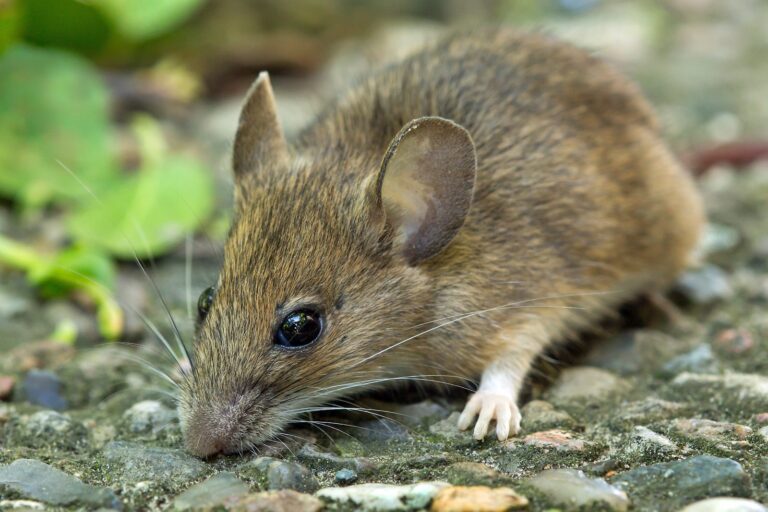
Field trial achieved 20 to 70% drop in infected ticks, research suggests.

People working outdoors and closely with animals are vulnerable to tick bites, European study finds.
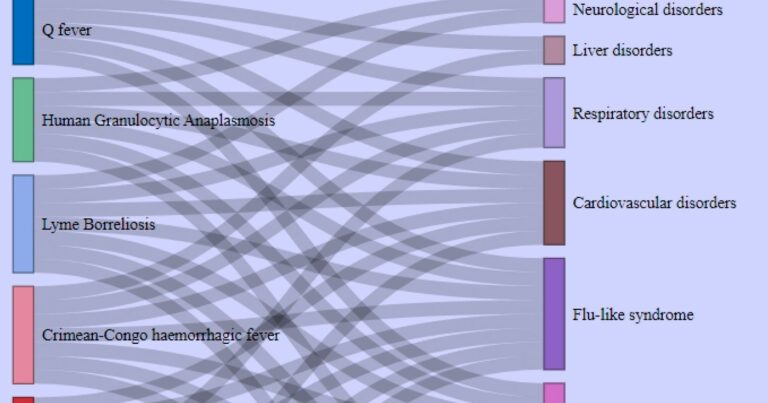
Diagnoses should be more than just a laboratory test result.

Top U.S. experts warn of an ‘urgent need to identify and develop safe and effective treatments.’

New report finds mosquito gut deactivates Lyme bacteria.

Lyme disease is a rapidly evolving problem in Canada that won’t just disappear, CanLyme expert warns.
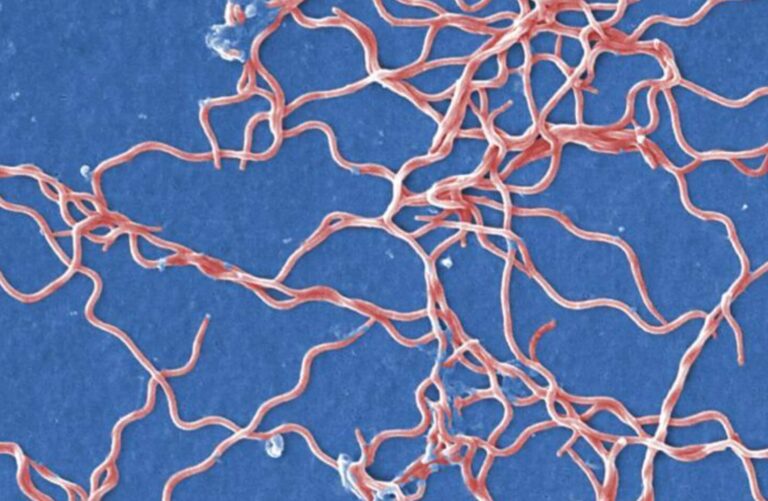
CanLyme’s Dr. Vett Lloyd and Dr. Anna Ignaszak studying tiny biosensor to detect bacteria in patients’ urine.

Health-care professionals often don’t listen to their female patients, researchers say.
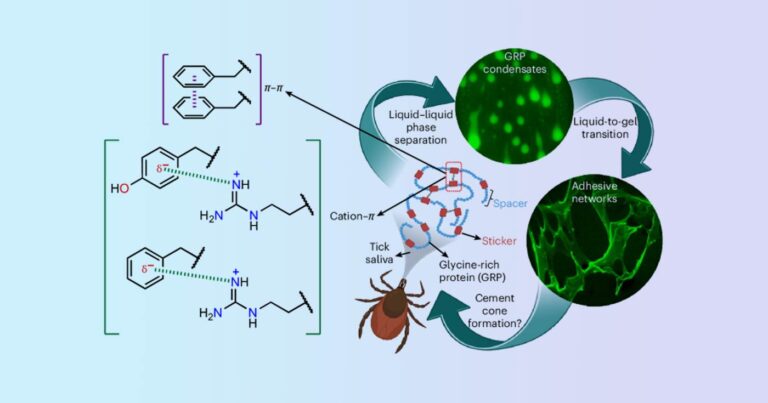
Several creatures are able to glue themselves to rocks or solid surfaces – think mussels or spiders – but ticks are different.

‘Future large-scale prospective studies are warranted,’ authors say.

Mapping of disease-causing ticks is ‘currently insufficient,’ new report says.

Lyme is widely recognized as an underreported illness. For example, a 2015 American study shows cases in the U.S. were likely 10 times higher than reported. The authors wanted to see whether a similar gap exists in Manitoba.

Grappling with the challenge of estimating future Lyme disease incidence and economic costs for the 21st century with projected climate change.
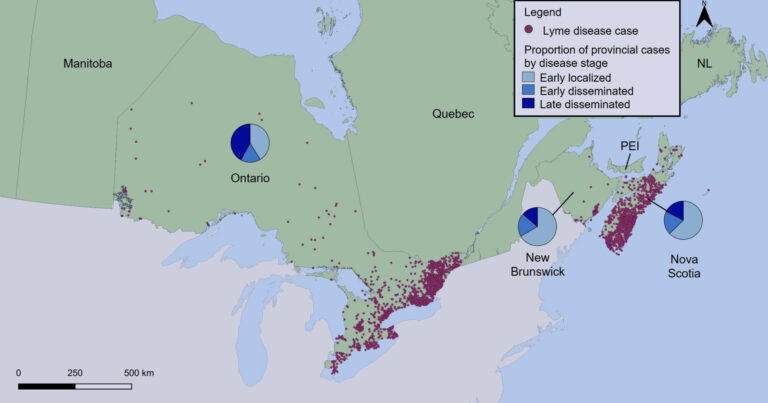
While the current numbers likely underrepresent the number of people living with Lyme disease in Canada, it is still important to note that even with passive surveillance, the number of cases per year has increased, showing the need for more accurate surveillance methods as well as public health initiatives for prevention and early detection and treatment.

The work of understanding why some ticks carry pathogens and others do not, while not straightforward, is important.